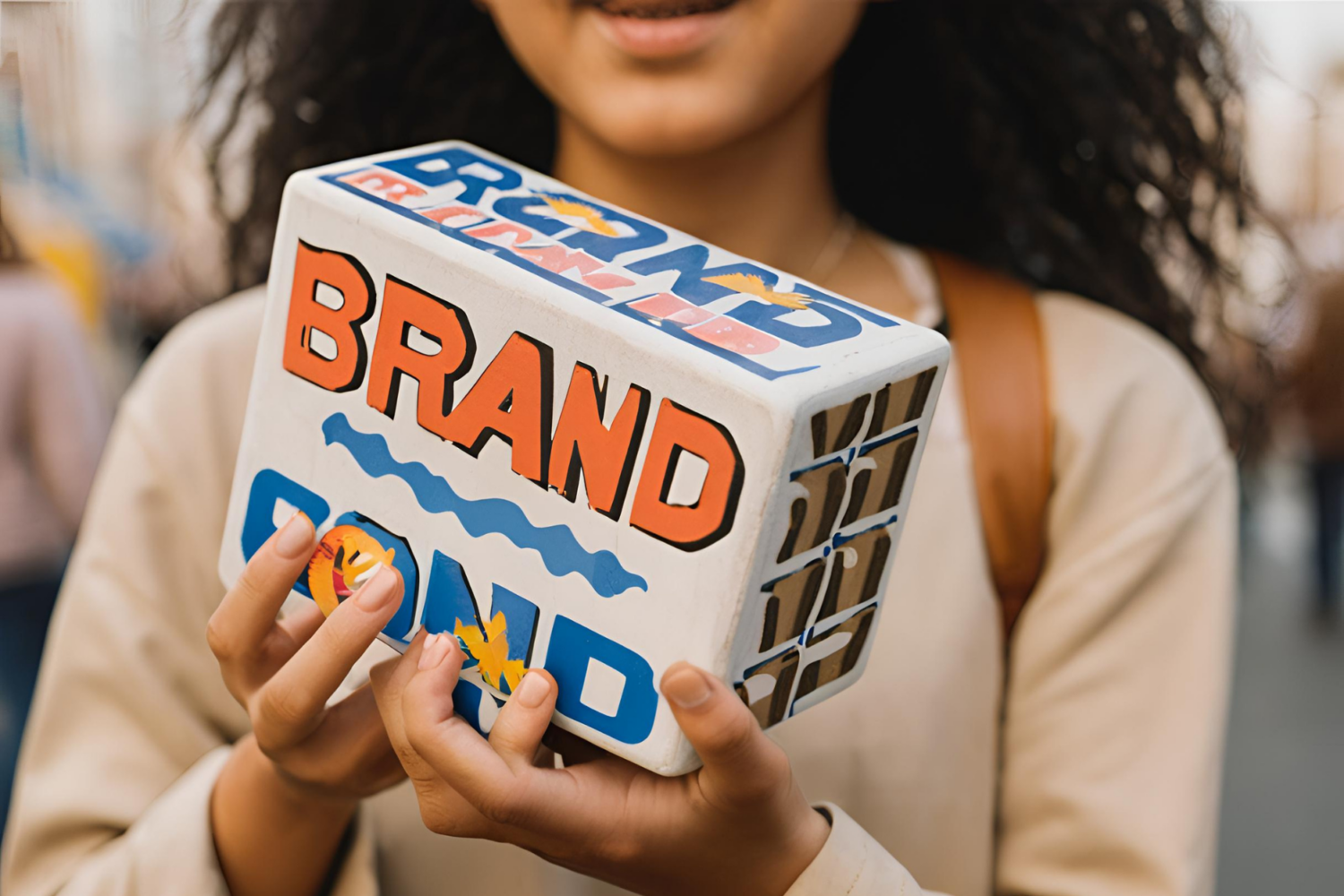As an insider, we often view our brand favourably, but it’s essential to consider external perspectives on our market image. Successful businesses prioritize understanding their current market position, ideal customers, unique differentiators, desired brand perception, customer problems, and long-term goals.
99.9% of successful businesses are having their marketing teams ponder on these questions.
- What is Our Current Market Position?
- Who is Our Ideal Customer, and Are We Reaching Them?
- What Are the Key Differentiators That Set Us Apart from Competitors?
- How Do We Want Our Brand to Be Perceived in the Market?
- What Problems Are We Solving for Our Customers?
- What Are Our Long-Term Business Goals, and How Can Brand Positioning Help Achieve Them?
So let’s try and understand In simple terms what is brand positioning and what it does.
Branding is not just about getting a superb logo made, attractive visuals and symmetric typography but it’s about bringing your audience closer to the brand by shaping their perceptions. Brand positioning is how a brand defines how they are different from its competitors and why its audiences should care.
My Observation:
If you try to influence anybody on a shallow level to buy your product, it’s very difficult to decide on what will be the touch points where you can impact them psychologically. The first thing to consider is using Archetypes.
To position your brand effectively, consider the following:
Archetypes – Defined as a very typical example of a certain person or thing.
THE HERO – To inspire and motivate by overcoming challenges and achieving greatness.
Nike uses the Hero archetype by encouraging people to push their limits with the tagline “Just Do It.” Their branding emphasizes courage, determination, and athletic excellence, connecting deeply with those who aspire to achieve their personal best.
THE OUTLAW – To break the rules, challenge the status quo, and promote freedom and rebellion.
Harley-Davidson embodies the Outlaw archetype, appealing to those who crave freedom and independence. Their branding suggests a rebellious spirit and a desire to break away from societal norms, resonating with their audience’s need for adventure and self-expression.
THE CAREGIVER – To nurture, protect, and care for others.
Johnson & Johnson uses the Caregiver archetype by positioning itself as a trustworthy and compassionate brand that cares for families and their well-being. Their messaging often centres on providing safety, health, and comfort, which fosters a strong emotional connection with consumers.
THE RULER – To take control, establish order, and demonstrate leadership.
Rolex uses the Ruler archetype by positioning itself as a symbol of success, power, and prestige. Their branding appeals to those who desire status and control, connecting with consumers who value authority and excellence.
THE JESTER – To bring joy, humour, and fun.
Old Spice uses the Jester archetype in their quirky and humorous advertising campaigns. Their branding is playful and entertaining, connecting with consumers who appreciate humour and don’t take life too seriously.
Personal note:
When I bought my first iPhone, I thought that I just bought a phone, later on, I realized that what influenced my decision to take it was how the brand positioned itself as the Ruler (& leader) in producing world-class devices.
The major element I find missing in even well-established brands is that they fail to significantly include cultural nuances and values in their brand messaging. That’s called Cultural Relevance. Understanding cultural trends, societal values, and local customs. This gets blurred further when people are trying to project their brand to be global. I second the fact that we should start small, target a particular area, let’s say one country, get to the roots of the market there and then try to expand their business as they want their brand image to be of someone serving globally.
Our brain understands stories hence Storytelling should set a narrative that a customer can relate to and see themselves as a part of. By doing this you can transform a simple statement into a compelling story that engages and inspires people.
Just like we make friends who have more or less of the same personality that we like, your audience also relates more to brands that Have a well-defined brand personality attached to their positioning statement. Whether your brand is perceived as quirky, sophisticated, authoritative, or friendly, this personality should shine through in the statement.
A position statement is not just only for your customers to resonate with but it is also as important for any internal employee. It should be a source of motivation for these people to observe the organization’s common purpose and direction, sometimes referred to as internal alignment.
Nearly every element in marketing should affect the psychology of your audience be it colour psychology, language patterns, or sensory triggers these things can be subtly incorporated into the positioning statement to influence the perceptions at a subconscious level.
Now that we have reflected quite a bit on the archetypes, cultural relevance, storytelling brand personality and subconscious influence, as we start proceeding ahead to position a brand The first thing that we have to Set up is a brand positioning statement.
So What is a brand positioning statement?
A brand positioning statement is an internal positioning summary that companies use to articulate and promote the value their brand brings to a target market and their customers.
Positioning statements are used to describe how your product or service fills a need of your target market or persona.
Think of an example of a high-end, sustainable luxury fashion brand.
Its position statement should be:
Our brand offers meticulously crafted, timeless pieces that not only exude elegance but also reflect a commitment to ethical sourcing and eco-friendly practices. We cater to discerning individuals who value both style and sustainability, providing them with luxurious garments that align with their conscious lifestyle.
Impressive right? And that’s how you should craft your position statement.
While there are frameworks available to guide you through setting up a position statement, a few of the major things to consider are.
- Who is the target market or customer?
- What is your product or service category?
- What is the greatest benefit and impact of your product or service?
- What is the proof of that benefit and impact?
THE ACTUAL GUIDELINES
- Keep it brief.
2. Make it unique and memorable.
3. Remain true to your business’s core values.
4. Include a credible promise of what the brand delivers to the consumers.
5. Communicate how your business is different from the competition.
6. Keep it clear enough for use as a guideline to evaluate whether or not Business decisions align with the brand.
Here is a template you can use.
For [ your target market] who [ target market need], [ your brand name] provides [ main benefit that differentiates your offering from competitors] because [ reason why target market should believe your differentiation statement].
I hope elements from this article will help you set Your brand positioning statement
Thanks so much for taking the time to read this. If you found this helpful, I’d be honoured to have you join my newsletter.

